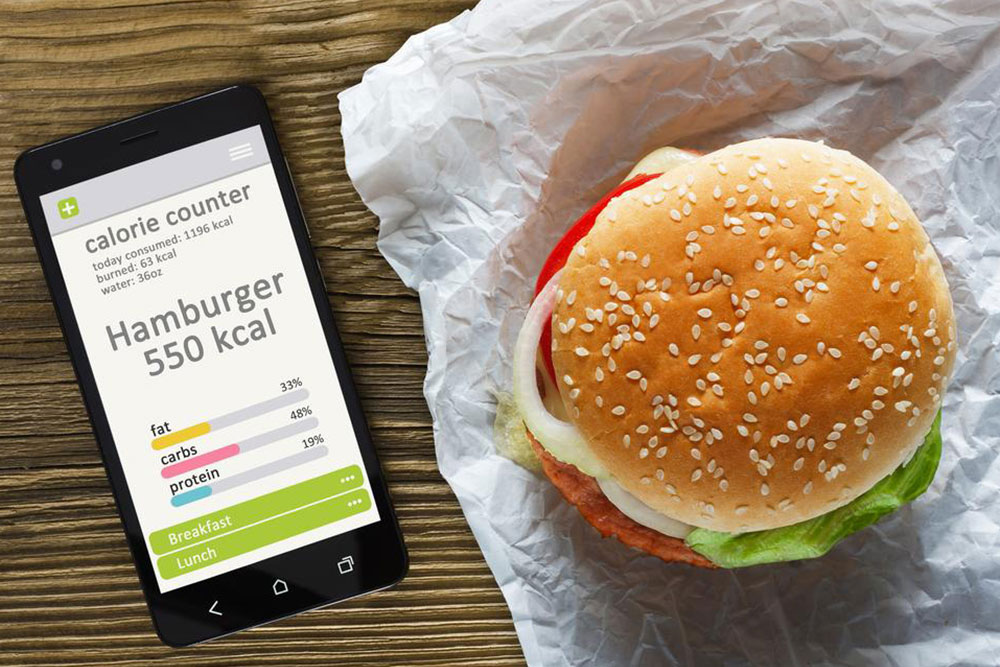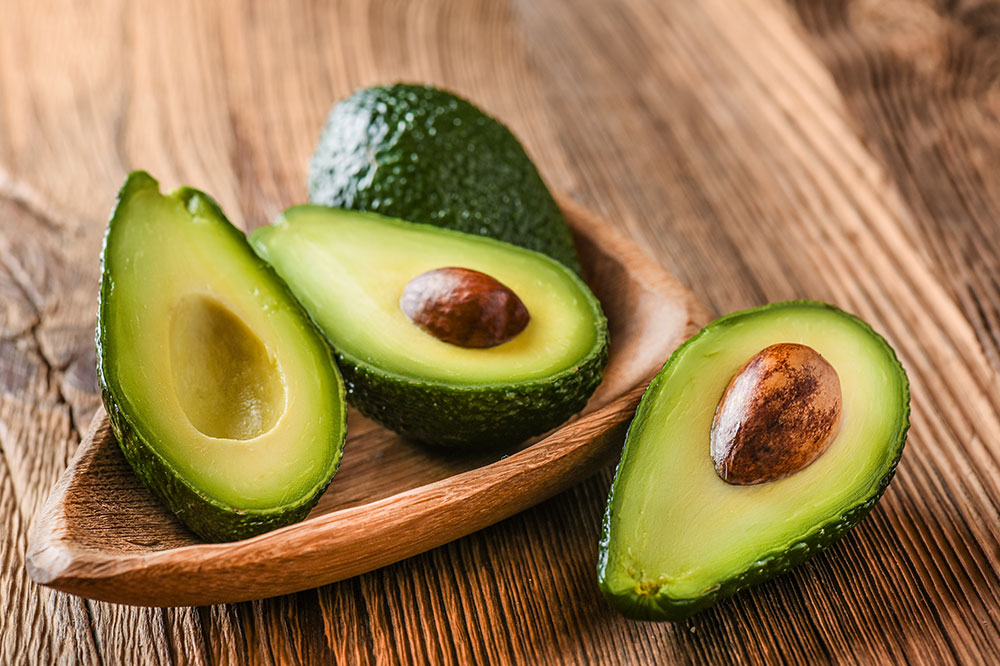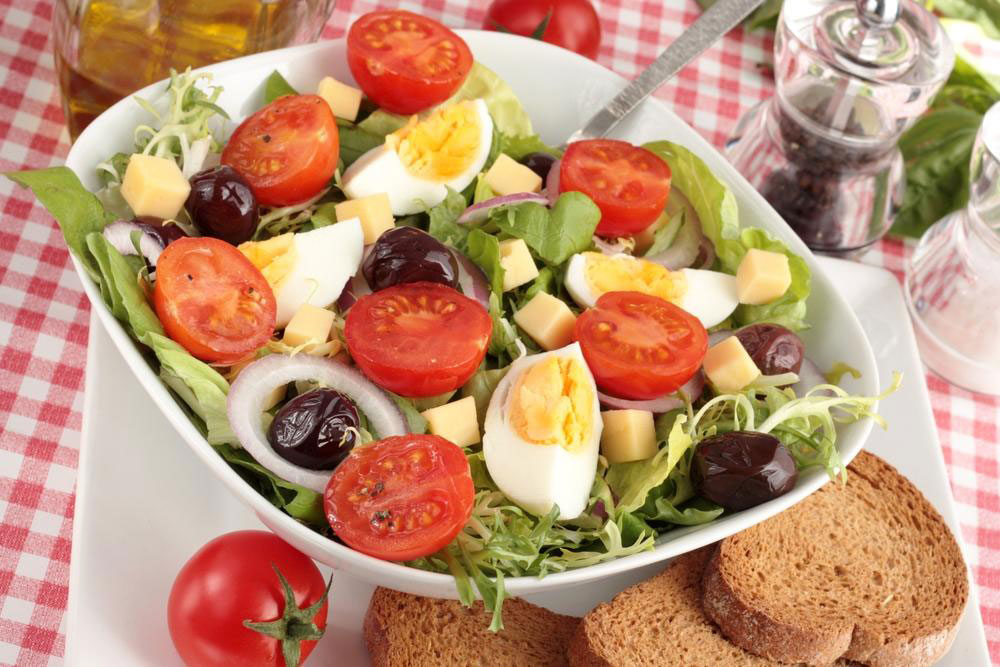A Complete Guide to Understanding Calorie Consumption
This comprehensive guide explains calorie intake, its importance for health, and tips for managing daily consumption. It highlights how balancing calorie intake with activity supports weight management and overall wellness. The article lists high-calorie foods to watch out for and emphasizes the significance of a balanced diet combined with regular physical activity. Monitoring calorie consumption helps maintain a healthy weight and prevent health issues, emphasizing moderation and mindful eating as key components of a healthy lifestyle.

Understanding Calorie Consumption
A calorie is a unit of energy vital for maintaining essential bodily functions and physical activity. It represents the energy we obtain from food and beverages, as well as the energy expended during movement. Maintaining an appropriate calorie intake is crucial for overall health. Consuming more calories than needed results in weight gain, while lower intake can cause weight loss. Recognizing individual body needs and activity levels helps in managing calorie consumption effectively.
Proper calorie management supports a healthy lifestyle.
Average daily caloric requirements range from 1500 to 2500, varying based on body type and activity level. Active individuals with faster metabolisms tend to burn calories more efficiently. To lose weight, reducing calorie intake combined with regular exercise is essential. Choosing nourishing foods like fresh produce, lean proteins, and staying well-hydrated supports better health.
Here are ten high-calorie foods to be mindful of:
Oil (vegetable, fish, coconut, butter): 100-117 calories per tablespoon
Nuts and Seeds (pecans, walnuts, hazelnuts, almonds, cashews): 135-200 calories per ounce
Nut Butters (peanut, almond): 95 calories per tablespoon
Dark Chocolate: 165 calories per ounce
Dried Fruits (prunes, raisins, dates, apricots): 200-250 calories per half-cup
Avocado: approximately 330 calories per fruit
Whole Grains (whole wheat pasta, quinoa, brown rice, oat bran): 85-200 calories per half-cup
Milk, Dairy, Eggs: 80-150 calories per ounce
Oily Fish (mackerel, tuna, salmon): 175-250 calories per 3 ounces
Meats (beef, chicken, pork): 175-300 calories per 3 ounces
Tracking daily food intake helps achieve and maintain a healthy weight. Providing the necessary calories ensures bodily functions operate smoothly. Starving oneself with low-calorie diets can pose health risks. A balanced diet, combined with consistent physical activity, is essential for optimal health. Regular monitoring and mindful eating are the keys to long-term wellness.
Note:
This blog provides diverse, practical information across multiple categories. While our team strives to deliver accurate data, readers should consider these articles as informational resources rather than definitive guides. We disclaim responsibility for discrepancies or inaccuracies and acknowledge that other platforms may offer additional insights or current offers that might suit individual needs better.










